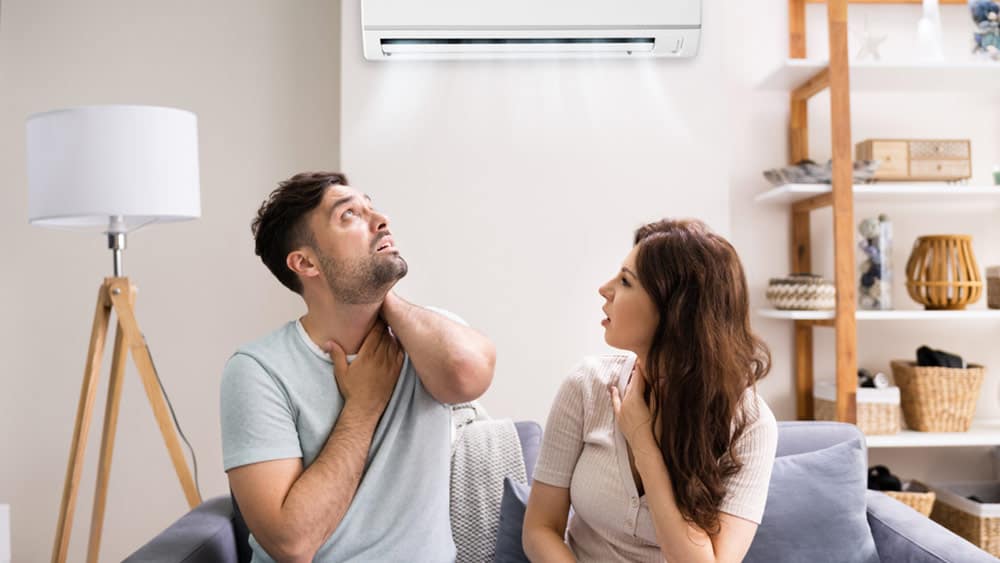
Key Takeaways
- Signs of airflow problems include hot or cold spots and the AC blowing warm air.
- Issues such as clogged air filters, blocked vents, and leaky ducts can result in reduced airflow.
- Improve HVAC airflow with clean filters and regular tune-ups.
Have you noticed that some rooms in your house are warmer or colder than others? You change your thermostat settings, but still feel no difference? You put your hands in front of the vents and feel that the airflow is weak and almost non-existent.
Well, your unit might be dealing with airflow issues. This can decrease the performance of your HVAC system by up to 15%.
This guide walks you through the most common reasons for poor HVAC airflow and provides practical solutions.
How to Determine if You Are Dealing With HVAC Airflow Issues?
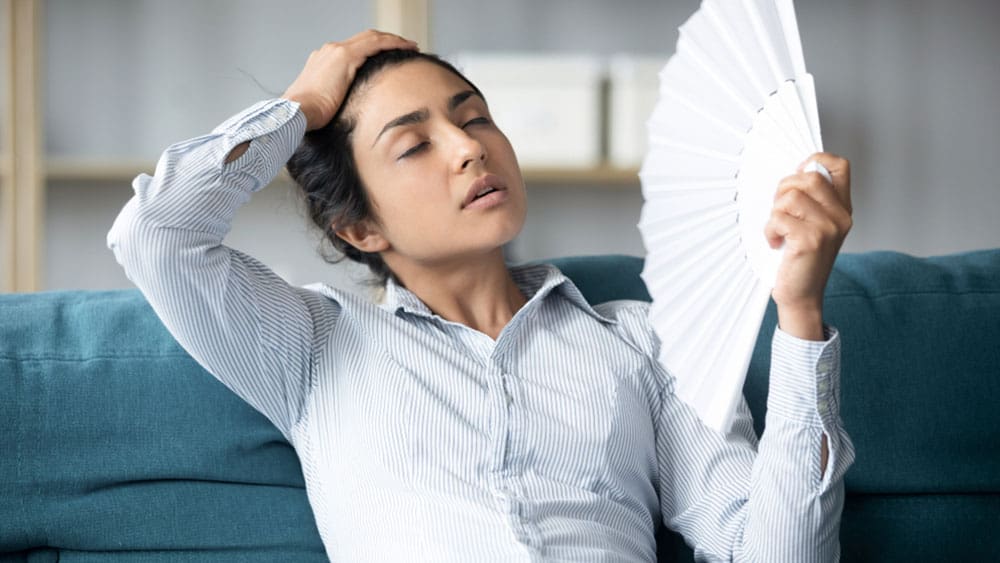
When there is a problem with the airflow, your HVAC unit typically displays warning signs. You may start to experience hot and cold spots or a lack of airflow from the vents in your home.
If airflow issues are left untreated, they can lead to problems, such as compressor failure, which can be quite expensive to repair. In some cases, you may have to replace it.
-
Hot & Cold Spots
You may wonder why certain rooms feel hot while others feel cold. Temperature variations in your home are vital signs indicating that there is something wrong with your HVAC airflow.
-
Low Air Output From Vents
It’s possible that even when you set your system to the lowest setting, the air stream from the vents seems faint or hard to detect. With such low airflow, your unit lacks sufficient power to circulate air evenly throughout each room.
-
Warm Air Instead of Cool
If your air conditioner blows warm air when the weather is hot, this is clearly a sign of airflow problems. Not only will it make your home uncomfortable, but if left unattended, it could also harm your HVAC system.
When an AC unit starts blowing warm air while the outside temperature is above 100°F, you are dealing with a poor HVAC airflow issue that needs to be addressed immediately to prevent further damage.
-
Pressure Imbalance
If you are experiencing air drafts in your home, which are noticeable if the doors start rattling or shutting on their own, you might be dealing with unequal pressure created by poor airflow.
12 Causes of HVAC Airflow Problems & Their Solutions
Let’s explore some common reasons for HVAC airflow problems and learn how to prevent or resolve them.
1. Clogged Air Filter
If you have ignored your HVAC maintenance for quite a while, clogged air filters can be the culprit of your HVAC airflow problem. Over time, the dust, dirt, and debris on these filters can limit airflow, requiring the system to work harder. If they are filled with debris, they can block the airflow, resulting in weak airflow or hot and cold spots in your home. Clogged filters can even prevent your unit from working altogether if you neglect maintenance for too long.
How to Fix It
You should clean your filters after approximately 250 hours of use and replace them at least once every 3-4 months, or more frequently if you live in a humid climate or a highly polluted area.
Pro Tip: Keeping a check on air filters can be a hassle, and that’s where smart climate control devices come into play. If you are using a room AC, such as a mini-split or window AC, pair it with a Cielo Breez smart thermostat for mini-splits to stay ahead of maintenance. The Cielo Home app allows you to track your filter status with timely air filter cleanliness reminders.
Your best choice to make any mini-split, window,
or portable AC smart. Enhance your comfort and savings.
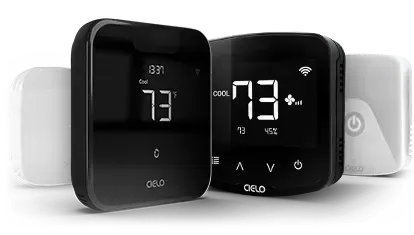
2. Over-Sized & Under-Sized HVAC Unit
If your HVAC system is too large for your home, it will turn on and off too quickly. This increases wear and tear, and it won’t be able to provide sufficient airflow. Moreover, it only runs for a short while to remove excess moisture from your home.
Conversely, if a unit is too small, it struggles to handle the heating or cooling in your house. Similarly, an undersized HVAC unit has to work harder to cool down your home, which can cause overheating of its components, especially the capacitor.
How to Fix It
If you notice that the HVAC system turns on and off frequently or runs continuously without making the house feel comfortable, you should consider hiring an expert.
An HVAC technician can perform a thorough evaluation and recommend the correct AC size for your space.
3. Debris Buildup in Your Outdoor AC Unit
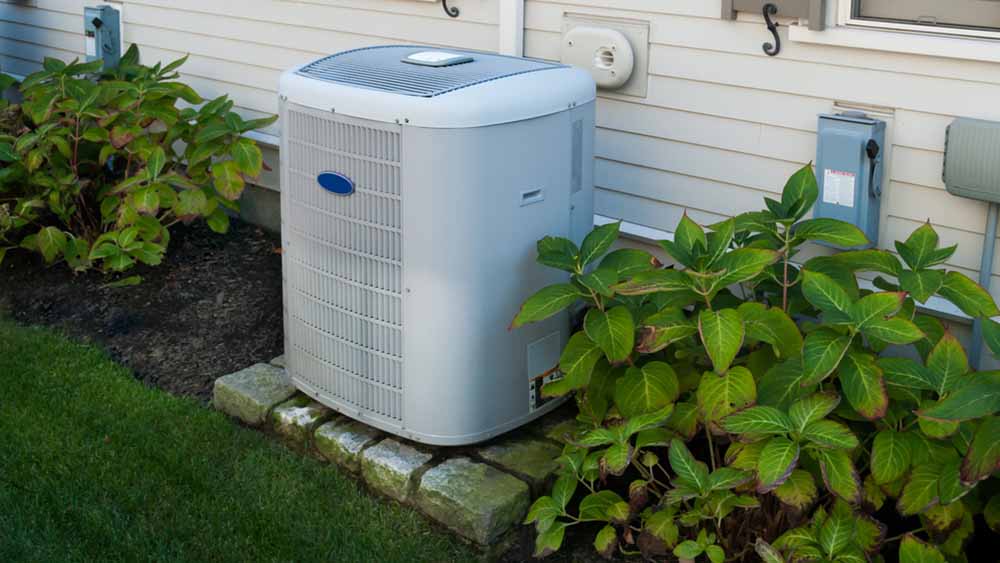
Leaves can easily get stuck in the outdoor unit, especially if you use shrubs or other plants to hide or cover it. When the unit becomes clogged with debris, it has to work harder to dissipate the heat.
How to Fix
To keep your system running smoothly and prevent damage, it’s essential to clean the outdoor unit regularly and remove any debris. Doing this simple maintenance helps your AC stay efficient and keeps the air flowing well.
4. Low Refrigerant Levels in Your Unit
The refrigerant in your HVAC is responsible for absorbing heat from the air. If it’ levels are not adequate, it won’t do its job well. You will notice low or no air blowing from vents and reduced cooling when there is a shortage of refrigerant.
The most common culprit behind low refrigerant is a leak. Cracks or holes in the AC coil, often caused by corrosion, can allow refrigerant to escape. Corrosion tends to build up over time, especially without regular maintenance, making leaks more likely.
How to Fix
Handling refrigerant is a job for a professional technician. You should arrange for a qualified specialist to detect leaks, repair them, and perform the necessary recharging.
5. Blocked or Leaking Ducts
Your HVAC system relies on ductwork to deliver hot or cold air throughout your home. Over time, these ducts can become clogged with dust, debris, or even bird and rodent nests, especially in older homes. These blockages reduce airflow, causing your system to work harder.
Leaking ducts not only reduce airflow but also allow dirt and pollutants to enter, thereby lowering your indoor air quality. You might notice uneven cooling between rooms, extra dust floating around, or even see ductwork that looks bent or twisted. These are red flags for blocked or damaged ducts.
How to Fix It
You can inspect your ducts yourself by checking the joints where two ducts meet—these are common leak spots. Hold your hand near the joints to feel for escaping air. Look closely for cracks or holes. Once you find leaks, sealing them with foil-faced tape can work, but a duct sealant (a sticky paste that hardens) is a more durable fix.
Once you have cleared and sealed your ducts, consider installing a duct booster fan. This small fan fits inside your ductwork and helps push air to rooms that are farther away from your HVAC unit, improving airflow and overall comfort in your home.
6. Vent Blockage
One of the main reasons for poor airflow is blocked vents. If you’re not feeling any air coming through certain vents, there’s a good chance something is in the way, literally.
You might be unknowingly blocking your air vents; a piece of furniture might be in front, blocking the airflow, or you might have closed some vents on a chilly day and forgotten to reopen them.
This action compromises the HVAC airflow, leaving you stuffy and uncomfortable in hot summers or freezing winters.
How to Fix It
This one’s a quick DIY. Walk through your home and inspect all the vents. Ensure that furniture isn’t blocking supply or air return vents, as this can significantly impact your HVAC system’s ability to circulate air. Adjust the furniture as needed, and double-check that the louvers or grilles are positioned to allow for proper airflow.
7. Faulty Thermostat
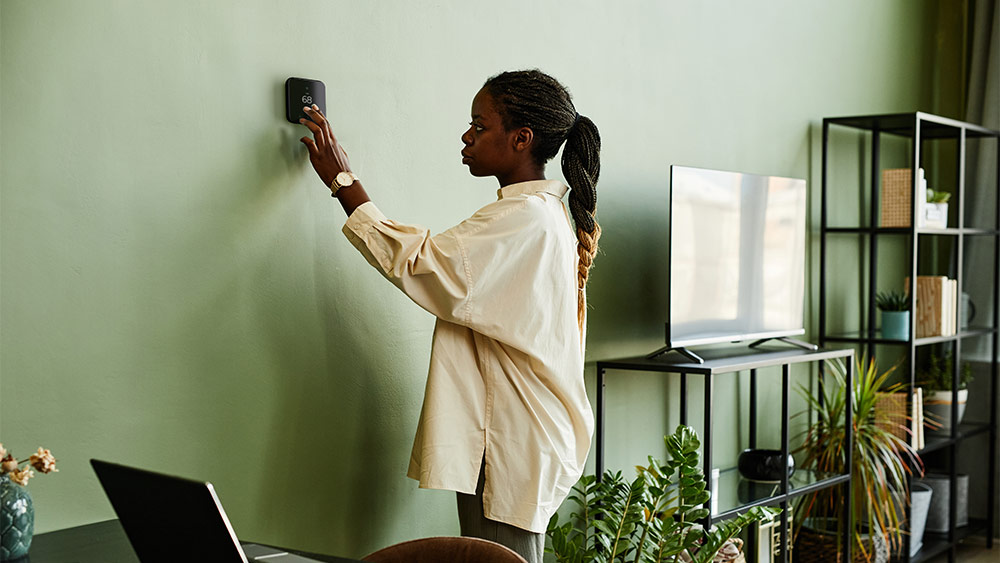
Checked your vents, filters, and ducts, but still getting weak airflow? Your thermostat might be the problem. Although it may not seem directly related, a malfunctioning or poorly calibrated thermostat can significantly disrupt the performance of your HVAC system.
If your thermostat isn’t reading the temperature accurately or isn’t sending the correct signals to your HVAC system, it might not tell your system to run long enough or at all. That means less airflow and uneven temperatures throughout your home.
How to Fix It
If you have a battery-operated thermostat, check the batteries and replace them if needed. Next, remove the thermostat cover and inspect the interior for dust or debris. Use a soft brush to clean it gently, as dust buildup can interfere with its sensors.
To determine if your thermostat is incorrectly calibrated, place a glass thermometer next to it. After 15 minutes, check the reading of the thermometer and thermostat. If there’s a discrepancy of more than one degree, you should recalibrate your thermostat. Here’s everything you need to know about the thermostat calibration.
8. Oversized & Undersized Ductwork
Just like your HVAC system needs to be the right size for your home, your ductwork also has to be properly sized to ensure smooth airflow.
When ducts are too large, they can’t maintain proper air pressure. As a result, the hot or cool air loses momentum and doesn’t reach all parts of your home effectively. You may end up with rooms that feel uncomfortable, even though your system is running.
On the flip side, ducts that are too small restrict airflow. Your HVAC system has to work much harder to push air through, and even then, the airflow remains weak and uneven across the house. This can put extra strain on your system and reduce its lifespan.
How to Fix It
Unfortunately, fixing improperly sized ductwork usually requires replacement. It’s best to have a professional inspect your duct layout. They can run load calculations and airflow tests to determine the correct size for your space and help you plan the next steps.
9. AC Blower Not Working
The AC blower is the part responsible for pushing cold air through your ducts and into your home. If the blower motor is dirty or failing, it can significantly reduce airflow, making your entire system less efficient in both heating and cooling modes.
Two common issues can reduce the blower’s performance:
- Dust buildup on the blower blades
- A malfunctioning blower motor
How to Fix It
Start by turning off the AC completely. Open the indoor unit and carefully locate the blower. Use a soft cloth to gently wipe away any dust or grime from the blades. Be cautious; blower blades can be sharp, and it’s essential to avoid injury or damage to the component.
Once cleaned, turn the system back on and check if the airflow improves. If the issue persists, it may be due to a faulty motor or deeper electrical issues. In that case, it’s time to call a professional technician for a thorough inspection and repair.
10. Dirty Coils
Your HVAC system relies on evaporator coils to cool the air before it circulates through your home. However, when those coils become coated with dust and grime, airflow suffers a significant loss.
Dirty coils can’t release heat effectively, which means your air conditioner has to work much harder to maintain the set temperature. This not only reduces cooling performance but also increases wear on your system, sometimes leading to serious issues, such as compressor failure.
How to Fix It
Cleaning the coils can restore proper airflow and boost efficiency. If you’re comfortable with basic HVAC maintenance, you can follow a detailed guide to clean the coils safely. But be cautious, coil fins are delicate and easily damaged. Using the wrong tools or techniques can do more harm than good.
If you’re unsure or new to HVAC maintenance, it’s best to leave this task to a professional. They’ll ensure a safe and thorough clean without risking your system’s health.
11. Limited Return Air Vent
If your home lacks sufficient air return vents, it can disrupt airflow and result in uncomfortable indoor conditions. When your system blows hot or cold air into your home, that same volume of air must return through the return vents to be reconditioned.
If your home doesn’t have enough return air vents or if they’re blocked, your HVAC unit will struggle to get sufficient airflow. The result? Stuffy rooms, uneven temperatures, and an overall lack of comfort.
How to Fix It
If you suspect this is the case, contact an HVAC professional. They can inspect your setup and recommend whether you need to add more vents or relocate existing ones.
12. Old HVAC Systems
Sometimes, poor airflow isn’t caused by any one issue; it’s just age catching up with your system. As HVAC units get older, they lose efficiency and struggle to maintain strong, consistent airflow.
How to Fix It
Most systems have a lifespan of 10 to 15 years. If yours is nearing or past that mark and you’re noticing frequent issues, reduced airflow, or uneven cooling, it might be time to consider a replacement. A new, properly sized system will not only fix airflow problems but also lower your energy bills and improve indoor comfort.
Easy Ways to Improve HVAC Airflow
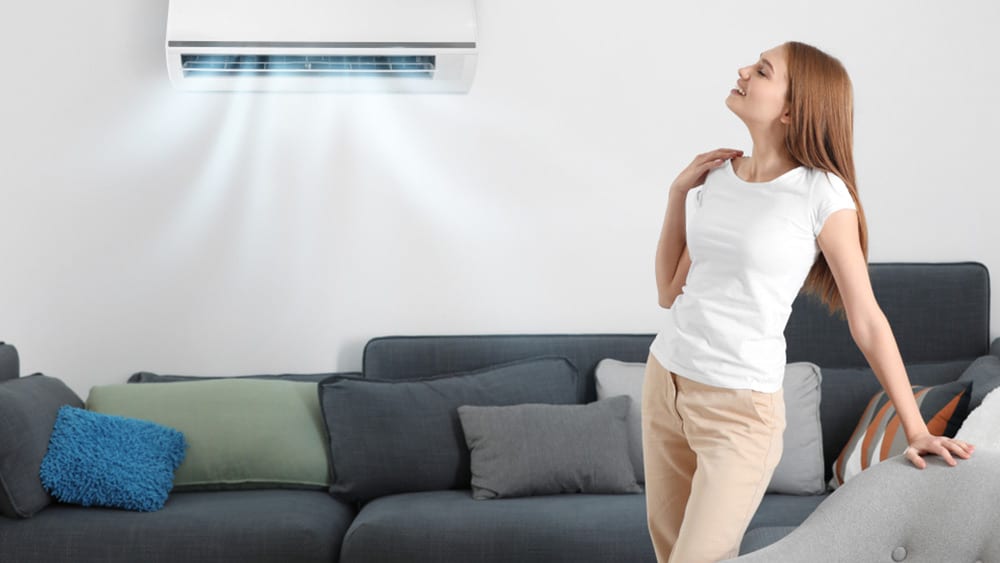
Here are some simple ways to improve weak HVAC airflow:
- Clean your air filters regularly. You can make it a part of your home cleaning appliances to minimize the chances of dust accumulation and ensure proper air circulation.
- Check your vents to see if they are not obstructed in any way. Remove any furniture or drapes blocking the airflow. While you are checking all the vents in your home, take a piece of cloth to clean the dust off the vents’ grills.
- Fix any leaks and holes in your HVAC ductwork. Leaks allow air to escape, which lowers the pressure in the air vents and results in decreased airflow in your house. You can inspect the leaks yourself or call a professional, as they can sometimes be difficult to find without specialized equipment.
- Schedule regular AC tune-ups to help your unit run smoothly. Weak airflow can be a sign that your air conditioning system is developing issues. With regular tune-ups, an expert can identify the issue before it worsens.
- Ensure your windows and doors are properly sealed to prevent drafts.
- Keep electronic equipment that generates heat away from your thermostat to prevent overheating.
How to Calculate Airflow in Your HVAC System
The HVAC airflow is measured in CFM (Cubic Feet per Minute), indicating the volume of air flowing through your system per minute.
Room-Based CFM Calculation
To get a rough estimate of airflow, use this basic formula:
CFM = (Volume of the Room in Cubic Feet) ÷ Minutes per Air Change
For example, if your room is 10 ft x 12 ft with an 8 ft ceiling, the volume is 960 cubic feet. If you want one air change every 10 minutes:
CFM = 960 ÷ 10 = 96 CFM
That means you need 96 CFM of airflow for proper circulation in that room.
HVAC System-Based CFM Calculation
When calculating airflow for your entire HVAC system, a standard rule of thumb is 400 CFM per ton of AC capacity.
So, if your AC unit is 3 tons:
CFM = 3 × 400 = 1,200 CFM
This provides a quick estimate of the total airflow your system should deliver. If you’re measuring airflow and it’s significantly lower than this number, it’s time to inspect for blockages, leaks, or mechanical failures.
The airflow capacity of an HVAC is measured in CFM per square foot. To calculate it, you should know your AC output in tons, where 1 ton is equal to 12,000 British thermal units (BTUs). Multiply the ton value by 400 (the average output of an HVAC unit) and divide by the square footage of the area.
Wrapping It Up
Poor HVAC airflow isn’t just a comfort issue; it can signal deeper problems that compromise your system’s efficiency and increase your energy bills. Uneven temperatures, weak air from vents, or strange drafts are all red flags that something’s off. Regular HVAC maintenance, including cleaning filters, checking vents, and scheduling inspections, goes a long way in preventing airflow issues before they occur.
Frequently Asked Questions
What Is Air Balancing?
Air balancing is a method of testing your HVAC unit to identify the cause of uneven airflow or negative air pressure. Balancing your HVAC airflow is all about ensuring optimal airflow in every room of your house. It increases air circulation and enhances indoor air quality. Air balancing also helps lower your electricity bills, as hot and cold spots in your home cause stress to your unit.
How to Fix Uneven Airflow in HVAC System?
To fix uneven airflow in your HVAC system, try adjusting the dampers on your supply vents to better balance air distribution. Keep in mind that larger rooms typically need more airflow than smaller ones, especially if there’s only one vent in the space.
Can a Blocked Air Return Vent Affect Your Energy Bills?
Yes, a blocked air return vent can cause your HVAC system to work harder, resulting in higher energy bills. If the system isn’t getting enough return air, it struggles to circulate it properly. That can lead to weak airflow and uneven cooling or heating.
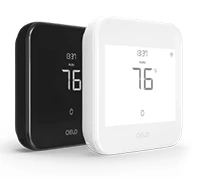
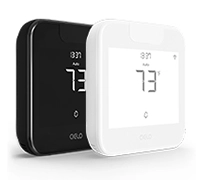
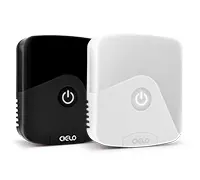
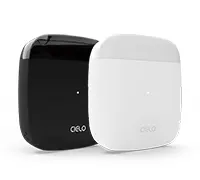
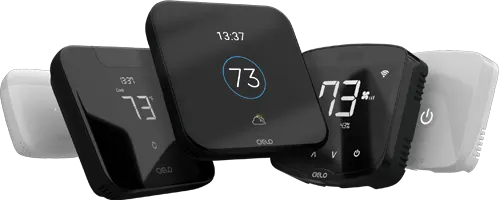

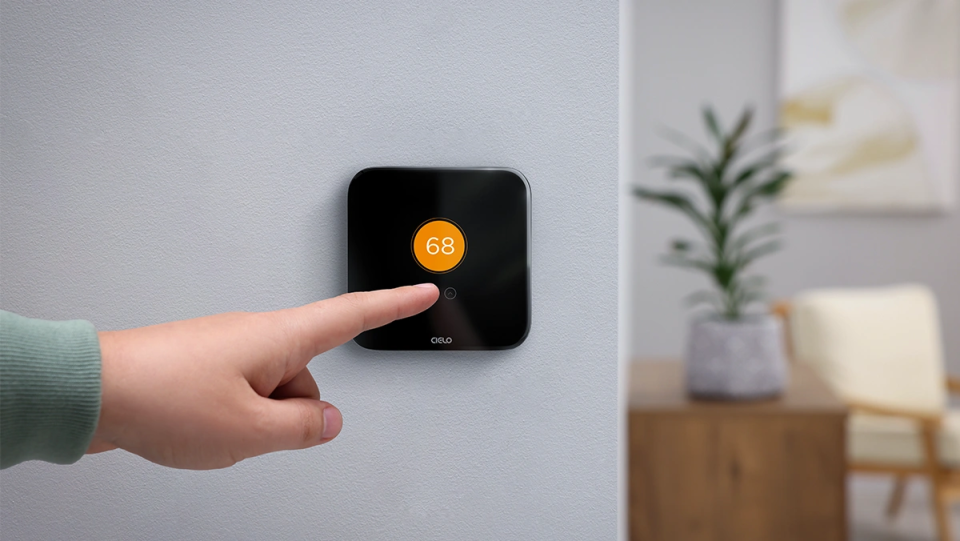
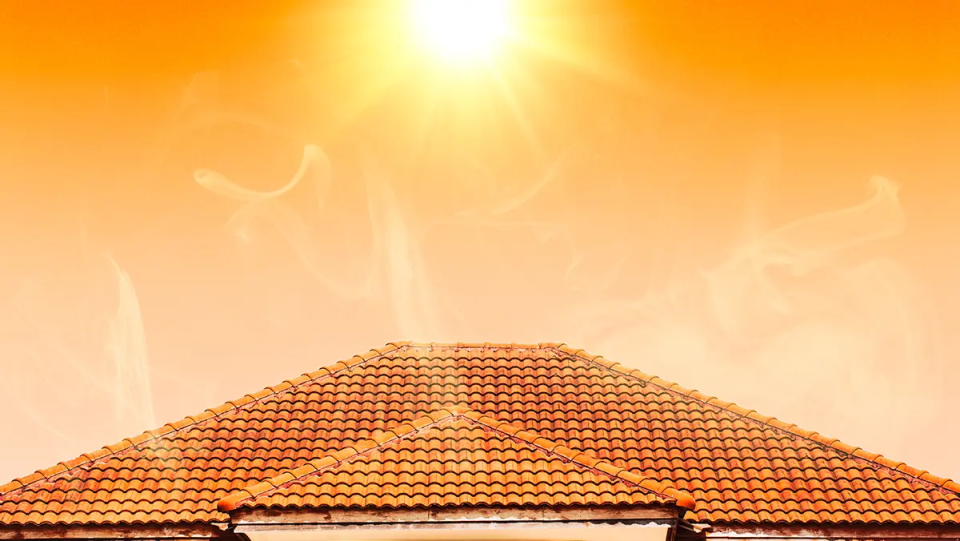
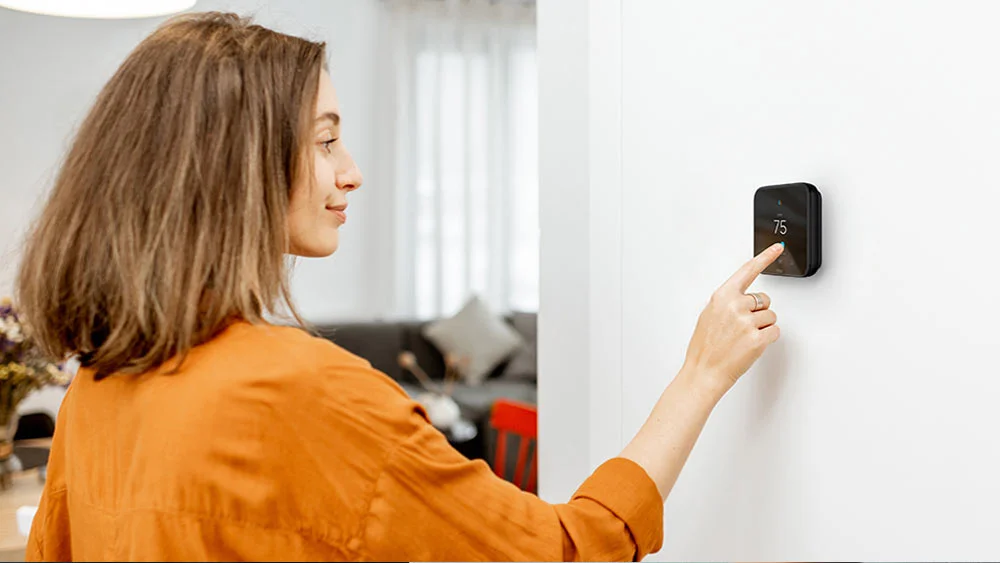
7 Comments. Leave new
I just bought my house in September and didn’t need the forced hot air at that point. All the rooms on the first floor get warm and good flow except my bedroom. It’s very cold and I don’t feel hardly any flow of hot air coming out of the vents in the bedroom. Any suggestions?
Thanks
Tom
This HVAC information is quite informative for the homeowners.
Thank you for sharing a blog about problems with HVAC airflow. If there for more details about drywall inlay with hidden air handler access doors, let us know.
Turned on air first time this summer. No air flow, called tech support to check wiring and troubleshoot. Replaced tstat, same problem- no flow. Fans in furnace and ac unit appear to be working.. help?!!
When the outside line freezes up and the ac shuts off, what commonly causes that?
Hi Jerry, some common reasons that cause your AC to freeze are dirty air filters, debris build up on coils and clogged drain pan. Regularly servicing your unit can help prevent freezing issues.
My “too hot or cold” room is over the garage. It has one vent and two returns. I’ve done all the suggestions you mentioned and have captured a slight bit of relief. However I can tell the summer temps are going to kill me. What are your thoughts on blocking main vents or a main vent with sheet metal and forcing additional air to this room? I have an older unit but it does push the air and it is cool as it comes out of the vent. I’m not sure what else to do.